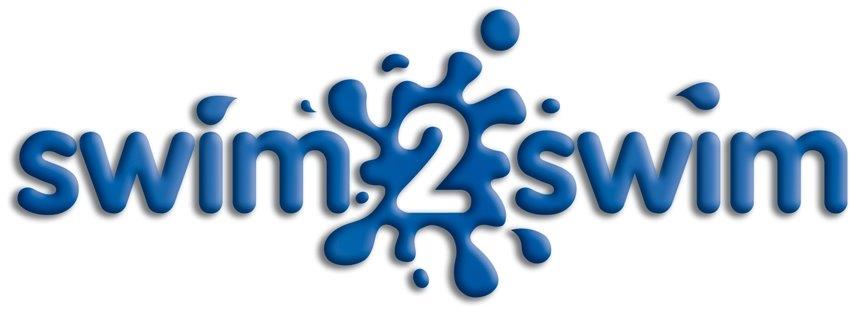(The million-dollar question!)
It will not surprise you to hear that this is one of the most frequently asked questions here at Swim2Swim, and equally it is one of the most difficult of all, simply because there is no definitive answer.
Much like crawling, walking, talking, reading, and writing, everyone is different and learns in different ways and at different paces. The key is not to compare your child’s progress to other children’s; they all shine in their own time.
Also, everyone’s definition of being able to swim to a suitable ability can be quite different – because when is good, good enough? This is why it can be tricky to work out how long it takes to learn how to swim – but here, we’re going to talk you through how the popular Learn to Swim Framework can help determine the right timeframe for most children.
How do we work out how long it takes to learn this vital skill?
Swim England developed the Learn to Swim Framework, which was developed to teach a child to swim using the four strokes. It also teaches other aquatic skills, which, when brought together, give children the skills to keep safe and the ability to take part in a range of other water-based sports.
The Swim England Learn to Swim Framework gives children confidence in their ability to swim. From this comes more enjoyment of swimming, where subsequently a love for swimming can develop – and, ultimately, developing the water skills and motivation required to lead a healthy and active lifestyle through regular swimming into their adult life.
There are 7 stages in the Swim England Learn to Swim Framework and we recommend completing all the stages.
Let’s take a look at the definition of learning to swim.
Many parents just want their children to be able to swim and have fun in the water, knowing that they have the confidence to get themselves out of difficulty if needs be. It can be difficult for parents to know when their child has reached this point, which is why Swim England has provided some useful information here.
Other children may have a natural ability and want to go on to Swim Clubs and swimming competitively or take part in other aquatic activities. All of these are possible once Stage 7 has been achieved.
So how long will this take?
Baby and pre-school swimming is a great way of developing water confidence. It is the first step and is a rewarding and bonding activity to enjoy together. Baby and pre-school lessons provide the foundations to the Learn to Swim programme, which they start at school age.
So, you could, in fact, be swimming with your little ones for a few years, but what a fabulous experience you’ll share, learning and exploring together. Many parents find they grow in water confidence while they’re embarking on this experience with their little ones, too.
If a learner has experience of baby and pre-school sessions, they may move faster initially through Stages 1 and 2 because they will be familiar with the environment and are likely to be more confident in the water. Usually, Stages 1 to 3 are completed quicker than Stages 4 to 7. Stages 4 to 7 can take longer to achieve as the strokes are becoming more developed during these stages.
Realistically, you can expect the Learn to Swim programme to take anything from 3-6 years to complete – meaning it will take roughly this long for your children to learn to swim competently.
Conclusion
One thing’s for sure – swimming and practicing on a regular basis, in a fun, supportive and safe environment, can speed up the learning to swim journey.
Family swims and swimming with friends are also a wonderful way to boost confidence. Learning to swim is not a race, and it’s important to set the right foundations in place from day one. There will be highs and lows, much like learning any new skill – but gentle encouragement from parents and ongoing support from the Swim2Swim team will make all the difference.

